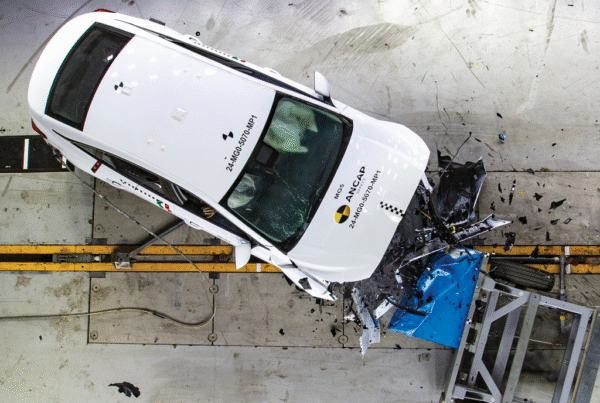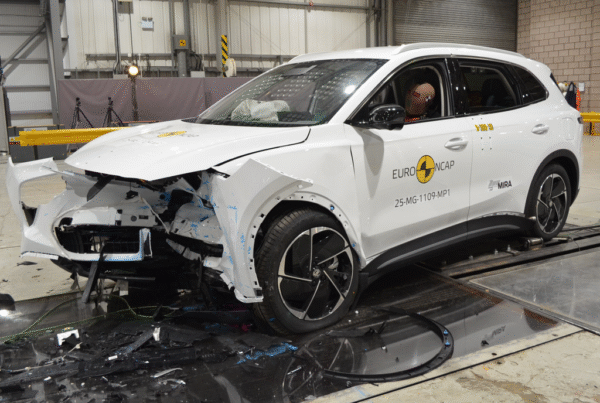ANCAP plays a crucial role in assessing and rating the safety performance of vehicles sold in Australia and New Zealand. In a recent safety session, ANCAP highlighted some important changes in their protocols.
New Changes in ANCAP Protocols
Starting from January 2023, ANCAP has implemented several new rules and assessments to enhance vehicle safety. The presentation highlighted some of the significant changes that are now part of ANCAP’s evaluation criteria. These changes include:
- Vehicle Submergence: ANCAP will now consider manufacturer data on a vehicle’s ability to withstand submersion, given the prevalence of floods and the emergence of electric vehicles with operable windows after submersion.
- Child Presence Detection: Systems to detect and alert the presence of children inadvertently left in vehicles.
- Direct Driver Monitoring: Utilizing advanced technologies to monitor driver attention and fatigue through facial recognition and other vehicle inputs.
- Motorcycle Detection: Extending existing autonomous emergency braking and lane support systems to detect and react to the presence of motorcyclists, improving their safety on the roads.
- Vehicle-to-Vehicle Compatibility: Evaluating compatibility between different vehicles to mitigate crash risks.
- Pedestrian and Cyclist Protection: Assessing the protection offered to vulnerable road users in case of contact with vehicles.
- Speed Assistance Systems: Verifying the vehicle’s ability to read and interpret speed signs on the road.
These changes aim to encourage manufacturers to prioritize safety features that can prevent crashes and mitigate their impact, ultimately leading to safer roads for all.
Crash Testing and Active Safety Assessments
ANCAP conducts both physical crash tests and active safety assessments to evaluate vehicle safety comprehensively. The physical crash tests involve frontal offset, front side impact, oblique side polar, and pole side impact tests, among others. Active safety assessments focus on crash avoidance technologies, such as pedestrian and cyclist detection, emergency lane keeping, blind-spot monitoring, and speed assistance systems. These tests, coupled with manufacturer-provided data, form the basis for ANCAP’s safety ratings.
The Pillars of Assessment
ANCAP utilizes four pillars of assessment: adult occupant protection, child occupant protection, vulnerable road user protection, and safety assist. Each pillar has specific thresholds that a vehicle must meet to achieve a five-star safety rating. ANCAP continually updates these thresholds to ensure comprehensive safety performance across all pillars.
The Importance of ANCAP Safety Ratings
ANCAP’s safety ratings provide crucial guidance to consumers, particularly fleet managers, when making vehicle procurement decisions. A five-star ANCAP safety rating indicates that a vehicle has met high safety standards and incorporates advanced safety technologies. ANCAP recommends considering vehicles with a date stamp no older than six years for consumers and three years for fleet purchasers to ensure access to the latest safety features.
The Impact of Fleet Purchases on Road Safety
Fleet managers play a significant role in influencing the safety of the broader community as the vehicles they purchase often enter the second-hand market and are used by general consumers. By prioritizing safety in their procurement decisions, fleets contribute to improving road safety for everyone.
Drive Safer Resources
AfMA believes in creating a safe mobile workplace. That’s why we created a range of Drive Safety Resources that can help fleets maintain safety on all sides of the wheel. Check them out by clicking here.
Did you find this article helpful? Give it a ‘like’ by clicking the ‘heart’ button above!


















